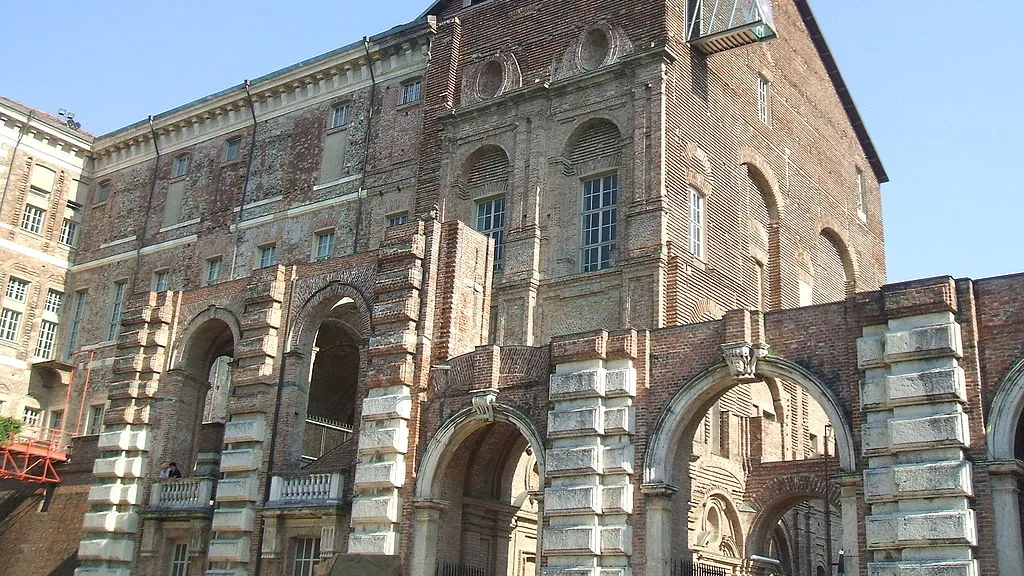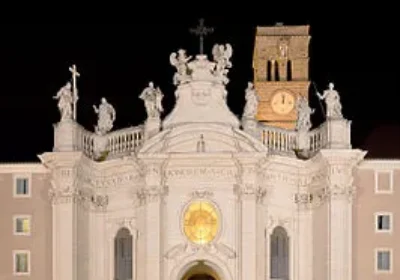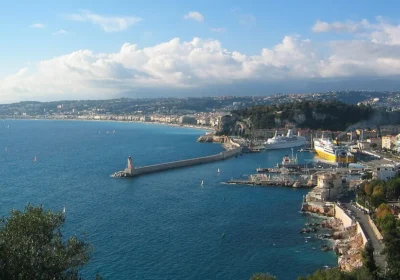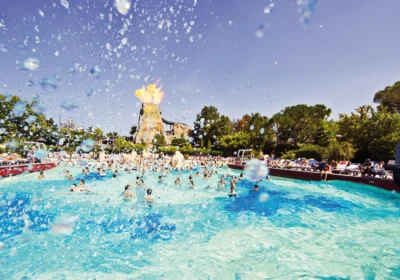“The crown of delights” was the name given by a 17th-century court architect to the system of country residences around the Piedmontese capital of Turin. Rivoli Castle, the cradle of the Savoy dynasty, and the Stupinigdi hunting palace are masterpieces of Baroque architecture.
Rivoli is a fairly small and quiet town in the Italian province of Turin, with beautiful palazzos, parks and alleys, but the ancient castle at its centre remains a major attraction. The reason for this is not only its large scale, but also the spirit of antiquity preserved within its walls. It is believed that the castle appeared in the IX-X centuries, but written evidence of it appears only in 1159, when the castle became the property of the bishops of Turin. In the 11th century it was acquired by the royal house of Savoy.
After an attack by the French army, the gallery was looted and the masterpieces were irretrievably lost. After the death of King Victor-Amadej II, the Château de Rivoli was abandoned for a century and a half. In the following years it was used as a barracks, then as a library. After the devastation of the Second World War, the castle remained forgotten until 1974, when restoration began. The Museum of Modern Art opened in the castle, which gained an international place of honour.
The main focus of the museum’s exhibition is on the art of the Arte Povera (“poor art”) urban movement.
The works are created using whatever rubbish is at hand: junk, earth, clothes, fabrics, sticks, etc.
The Stupinigi Hunting Palace is one of the residences of the royal Savoy dynasty and part of the UNESCO World Cultural Heritage site. It was built as a royal hunting lodge in the early 18th century in Stupinigi, a suburb of Nickelino, 10 kilometres southwest of Turin.
It was originally a small castle owned by the Acaya family, a secondary branch of the Savoy dynasty. In 1493 it was sold to the Marquis Rolando Pallavicino and then, in 1563, it was bought by Emmanuel Filiberto, Duke of Savoy, when the capital of the duchy was moved to Turin.
The new palace was designed by the architect Filippo Iuvarra for Victor Amadeus II and was to be used as a hunting lodge. The total area of the hunting lodge reached 31050 square metres and the building itself has 137 rooms and 17 galleries. Today the Palazzina di Caccia houses the Museum of Art and Furniture, some of which have survived from the construction of the palace and some of which were brought from other Savoyard residences in Moncalieri and Venaria Reale. Since 1992 the forests and farmland here have been protected as the Stupinigi Natural Park. The total area of the park is 17.3 square kilometres
Offices open all days except Mondays, 24-25 December, 1 January, 1 May
.

















